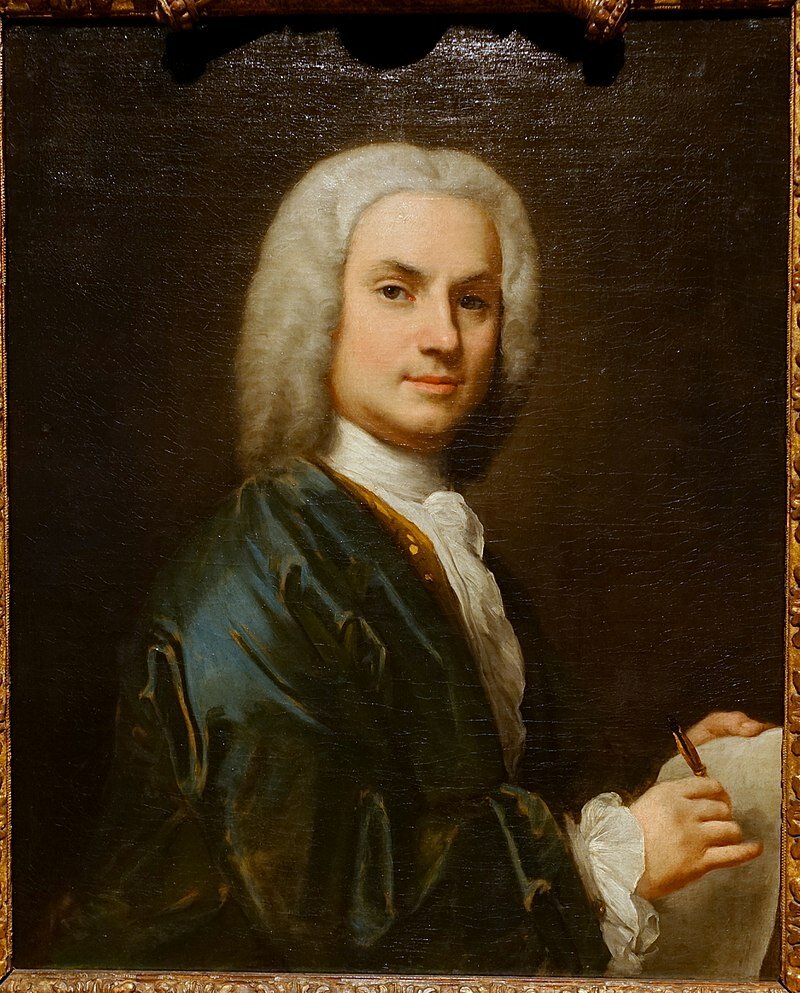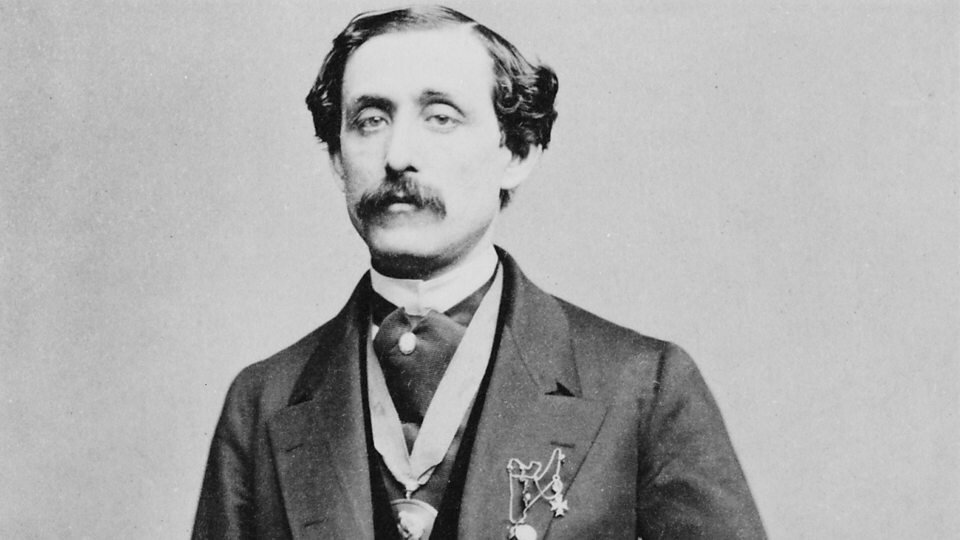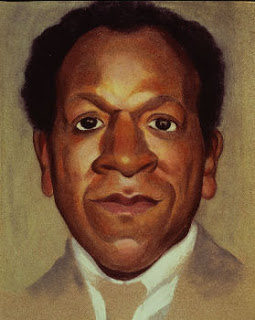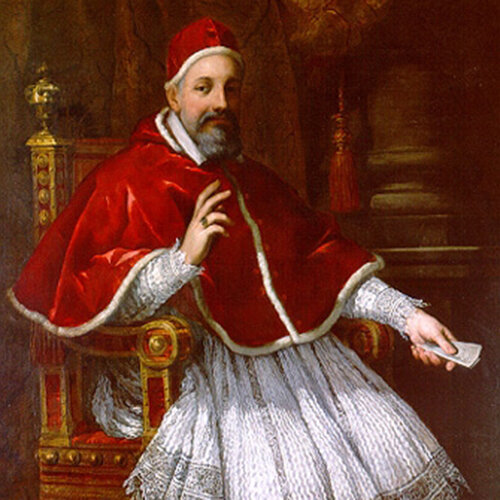The painter Rosalba Carriera (ca. 1673-1757) was born in Venice and made her name in portrait miniatures. Her work in pastels made her popular and she chose to show this in her own self-portrait where her self-portait was in pastels
Painting
The Italian soprano castrato singer Carlo Borschi, better known simply as Farinelli, studied in Naples under the most famous teacher of singing of the day, Nicola Porpora. Porpora, a successful opera composer, had his student debut in his work Angelica
Louis Moreau Gottschalk was the original 19th-century musical rebel. Born in New Orleans, Louisiana, in 1829, he was a music prodigy, making his public debut at age 11. When he was 13, he went to Paris with his father and
In his monumental painting, The Wedding at Cana (1563), the Italian painter Paolo Veronese (1528-1588) portrayed the biblical story of the marriage at Cana (John 2:1-11) where Jesus saves the celebration by his miraculous conversion of water into wine. The
The French neo-classical painter Jean-Auguste-Domique Ingres (1780-1867) was very much a student of the academic painter Jacques-Louis David and brought David’s classical and restrained model into the nineteenth century. In addition to his considerable painting skills, he was also a
The American artist Beauford Delaney was born in Knoxville, Tennessee, in 1901 and showed skill in drawing from an early age. His activities in New York City during the Harlem Renaissance as a pastel portraitist brought him into conjunction with
The signs of greatness can include many things, but being crowned by Apollo, the god of music and the arts (among many other attributes), is a definite signal. Marc’Antonio Pasqualini (1614-1691) was a celebrated male soprano from Rome, first singing
As part of his six 1927 music paintings, Arthur Dove did three on George Gershwin’s music and one on Irving Berlin’s music. The link between Dove and these six paintings was Paul Whiteman and his Experiments in Modern Music concert








